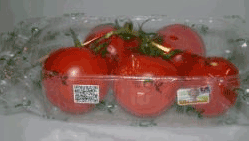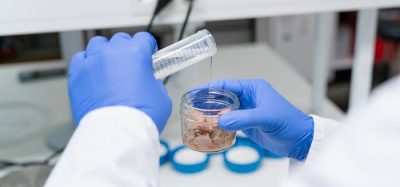Peppers and tomatoes on the vine seems to have a longer shelf life in PLA packaging
- Like
- Digg
- Del
- Tumblr
- VKontakte
- Buffer
- Love This
- Odnoklassniki
- Meneame
- Blogger
- Amazon
- Yahoo Mail
- Gmail
- AOL
- Newsvine
- HackerNews
- Evernote
- MySpace
- Mail.ru
- Viadeo
- Line
- Comments
- Yummly
- SMS
- Viber
- Telegram
- Subscribe
- Skype
- Facebook Messenger
- Kakao
- LiveJournal
- Yammer
- Edgar
- Fintel
- Mix
- Instapaper
- Copy Link
Posted: 11 April 2011 | Wageningen UR | No comments yet
Peppers & tomatoes on the vine seem to have a longer shelf life in PLA packaging compared to products packed in synthetic materials…
Peppers & tomatoes on the vine seem to have a longer shelf life in PLA packaging compared to products packed in synthetic materials...
Peppers and tomatoes on the vine seems to have a longer shelf life in PLA packaging compared to the products that are packed in traditional synthetic materials. 







